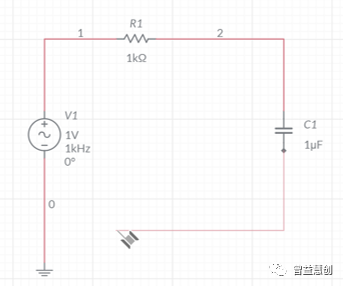
In a single-stage common emitter amplifier, an increase in base voltage causes a decrease in output voltage and vice-versa. The small internal resistance act as the load increasing voltage gain to its maximum. The bypass capacitor short circuits the emitter resistor at high-frequency signal. Thus the capacitors ensure that only AC signals are passed and block the DC component.

The capacitor present in the common emitter amplifier circuit act as coupling capacitors to separate AC signals from DC biasing voltage. The impact is such that the output voltage lies halfway along the transistor load line. The resistor value impacts the amplifier quiescent operating point, Q point. The resistor present at the collector circuit of the common emitter amplifier, in which current flows through the resistor. Common emitter amplifier uses two resistors, which act as a potential divider network, used in the design of bipolar transistor amplifier circuits.

Common emitter amplifier also known as voltage divider biasing or self-biasing. The objective is to determine the gain and the bandwidth of a CE amplifier based on the frequency response curve. In this tutorial, we will simulate the common emitter amplifier using multisim tool.


 0 kommentar(er)
0 kommentar(er)
